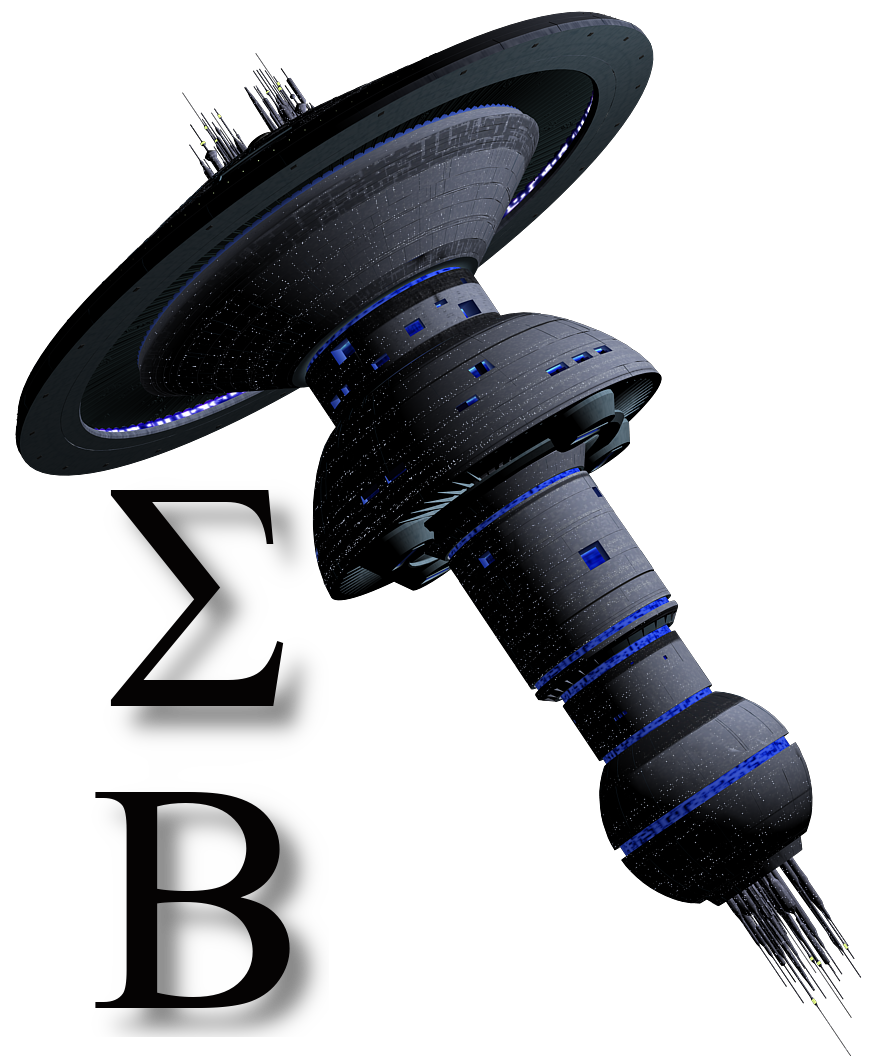ISO 9001: 2015 & ISO / IATF 16949 Process Mapping / Interaction
There is quite a bit of confusion regarding the documentation of the interaction of Processes (Sometimes referred to as Customer Orientated Processes {COP’s}, Manufacturing Orientated Processes {MOP’s} and Support Orientated Processes {SOP’s} required by ISO 9001: 20015and IATF 16949 and also helpful for ISO 9001. Many companies have added additional documents to meet the requirements of documenting the process interactions including “Turtle Documents” and “Line of sight” flow diagrams. While these documents typically assist in meeting the requirements, they usually do not identify process interactions or support processes adequately. Also, and very importantly, they add yet another set of documents that need to be controlled and understood by related staff. However, if done correctly these process interaction diagrams can actually reduce the amount of documentation and increase the effectiveness.
A main prerequisite to achieve fewer procedures is to include the procedural requirements in the process interaction diagrams. These would be the Who, What & When designations for the requirements in the standard. This then allows you to use the process interaction diagrams as level 2 documents, replacing the need for yet another set of controlled procedures. An important side benefit of this approach is that by nature the process interaction diagrams are more useful as training and controlled documentation for your company’s employees to utilize on a regular basis. They not only explain how work flows through their areas, but further indicates the interactions of other processes, employee’s tasks, and departments.
A very successful approach we have used in implementation is to use the 5-phases of APQP as a starting point for developing these process interactions. Many companies have a real opportunity to improve the APQP process at this same time they are implementing IATF 16949.
This process can lead to many other valuable observations including Value Stream Mapping, which is one of the most valuable tools in the lean manufacturing process.
